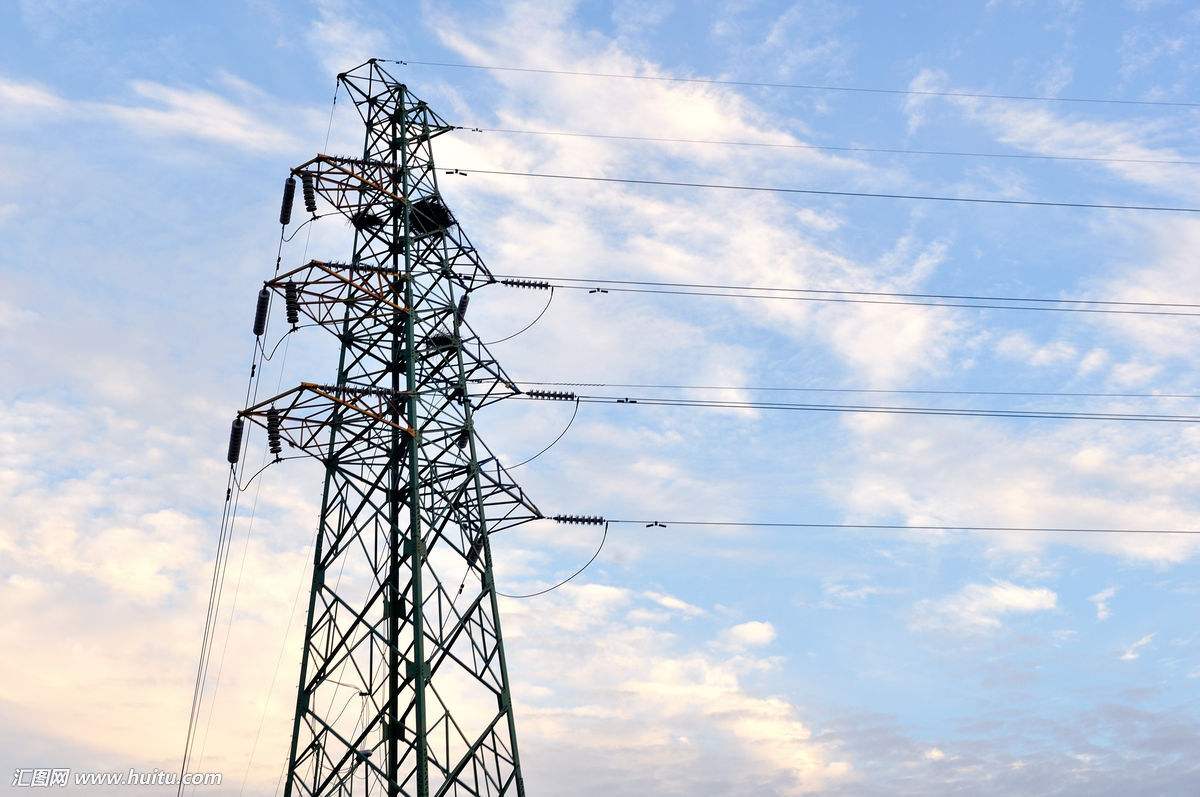In the vast tapestry of modern infrastructure, overhead cables stand tall and proud, weaving their way through cities, towns, and countryside alike. These seemingly simple structures are actually intricate marvels of engineering, playing a vital role in powering our homes, businesses, and industries. Let’s take a closer look at the science behind overhead cables and why they’re such an essential part of our electrical grid.
What Are Overhead Cables?
Overhead cables, also known as power lines, are a network of conductors suspended by towers or poles. They transmit electrical energy from generating stations, such as hydroelectric dams, coal-fired power plants, or renewable energy sources like wind farms and solar arrays, to distribution substations, which then distribute the power to individual homes and businesses.

The Science Behind Overhead Cables
The science behind overhead cables involves several key principles of electrical engineering and physics.
Electromagnetic Induction: At the heart of all electrical power generation and transmission lies electromagnetic induction, the phenomenon where a changing magnetic field creates an electric current in a conductor. In power plants, this process is reversed, with electric currents flowing through coils of wire to create a rotating magnetic field that drives turbines, which ultimately generate electricity.
Voltage and Current: Overhead cables transmit electricity at very high voltages, typically ranging from several thousand to millions of volts. This is because transmitting electricity at higher voltages reduces the amount of current required, which in turn minimizes energy losses due to resistance in the cables. The voltage is then stepped down at substations closer to end-users to ensure safe and efficient distribution.
Insulation and Conductor Materials: To prevent short circuits and energy losses, overhead cables are typically made of bare metal conductors, such as aluminum or copper, which have low resistance and can carry large currents. However, the conductors are not directly exposed to the elements. Instead, they’re suspended from the towers or poles by insulators, which are made of non-conductive materials like porcelain or polymers. These insulators provide a physical and electrical barrier between the conductors and the supporting structures, ensuring that the electricity stays within the cables.
Environmental Factors: Overhead cables must withstand a variety of environmental challenges, including wind, rain, snow, and even lightning strikes. Engineers design the cables and towers to be sturdy and durable, with some cables even capable of self-healing after lightning strikes. Additionally, the height and spacing of the cables are carefully calculated to minimize the risk of interference from trees, animals, or other objects.
Advantages and Challenges of Overhead Cables
Overhead cables offer several advantages over underground cables, including lower installation and maintenance costs, easier access for repairs, and minimal disruption to existing infrastructure during installation. However, they also pose challenges, such as visual impact on the landscape, potential interference with wildlife and aviation, and the need for regular maintenance to prevent corrosion and damage from the elements.
Conclusion
Overhead cables may seem like just a backdrop to our daily lives, but they’re actually the lifeblood of our modern society. By harnessing the power of electromagnetic induction and harnessing the strength of advanced materials and engineering, these unsung heroes keep the lights on and power flowing, enabling us to live, work, and play in a world that’s ever more connected and dependent on electricity.